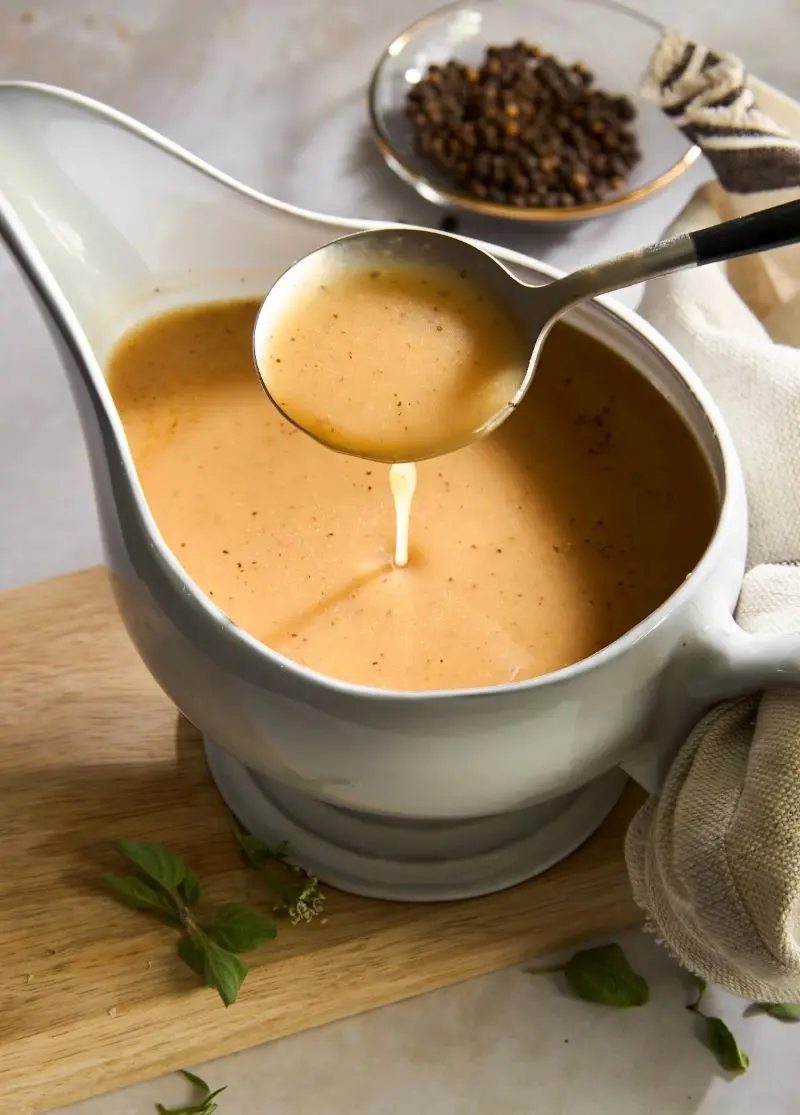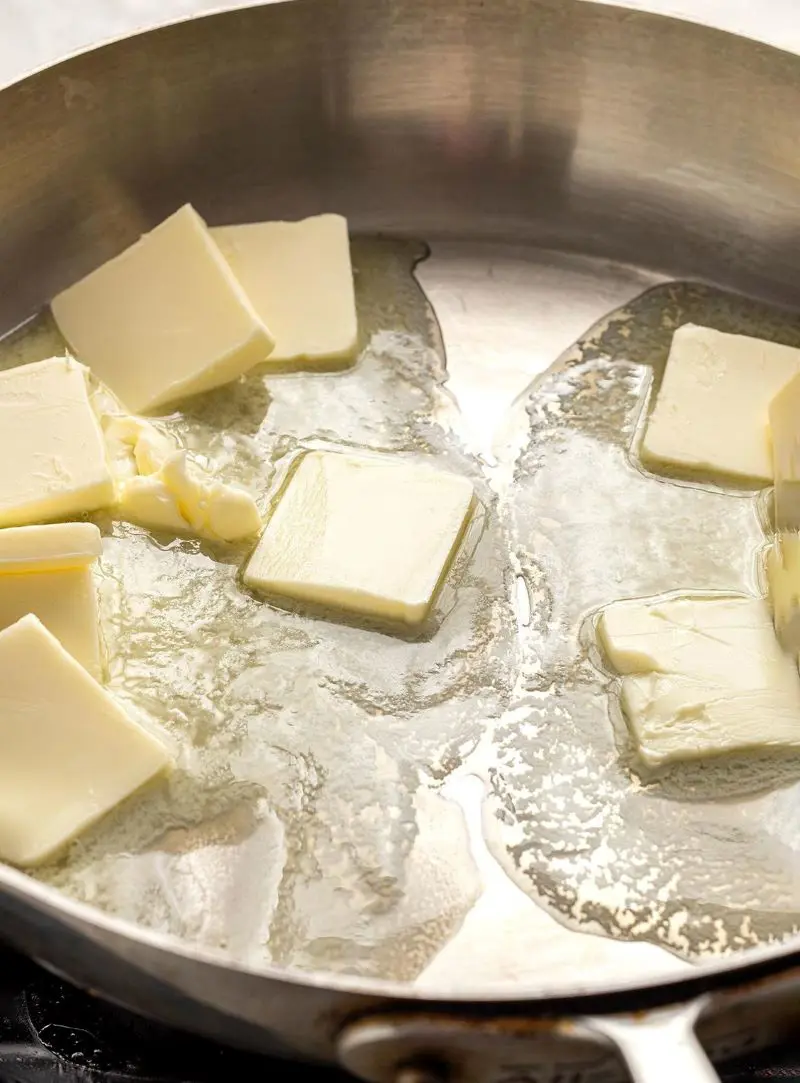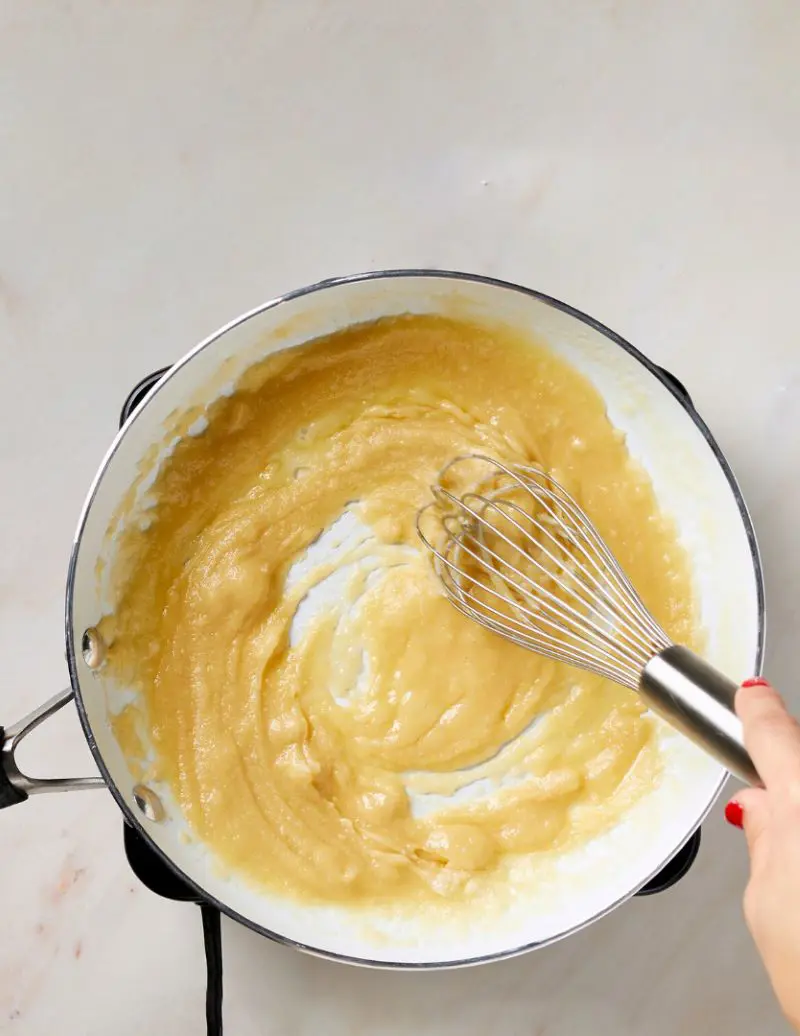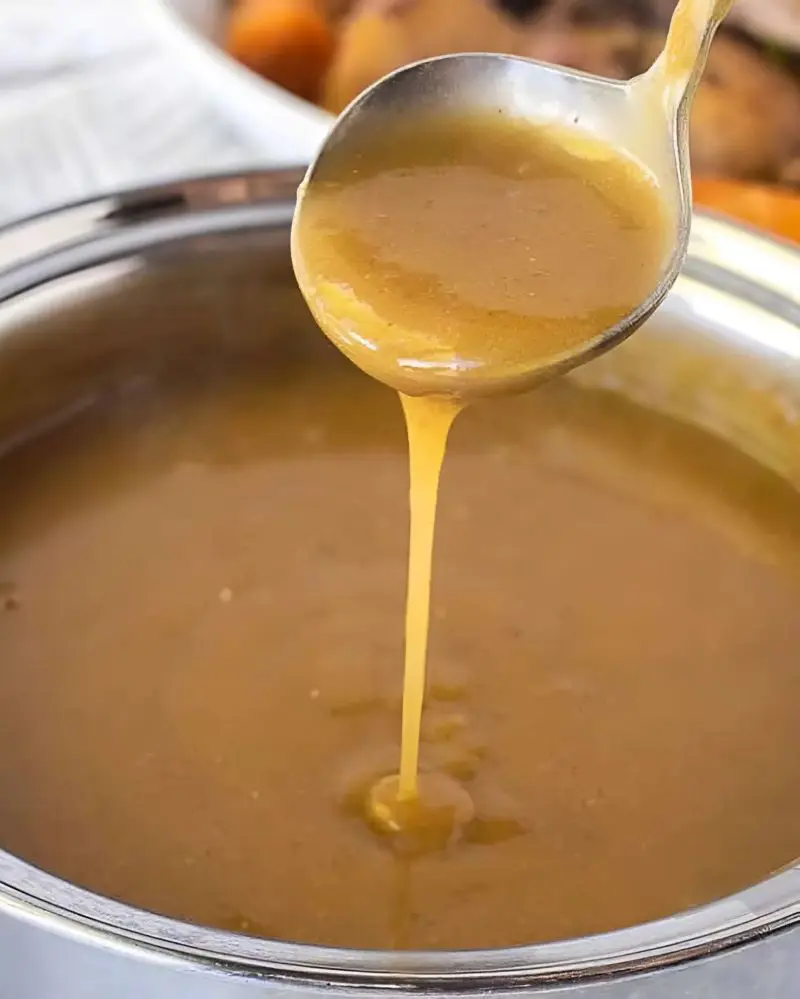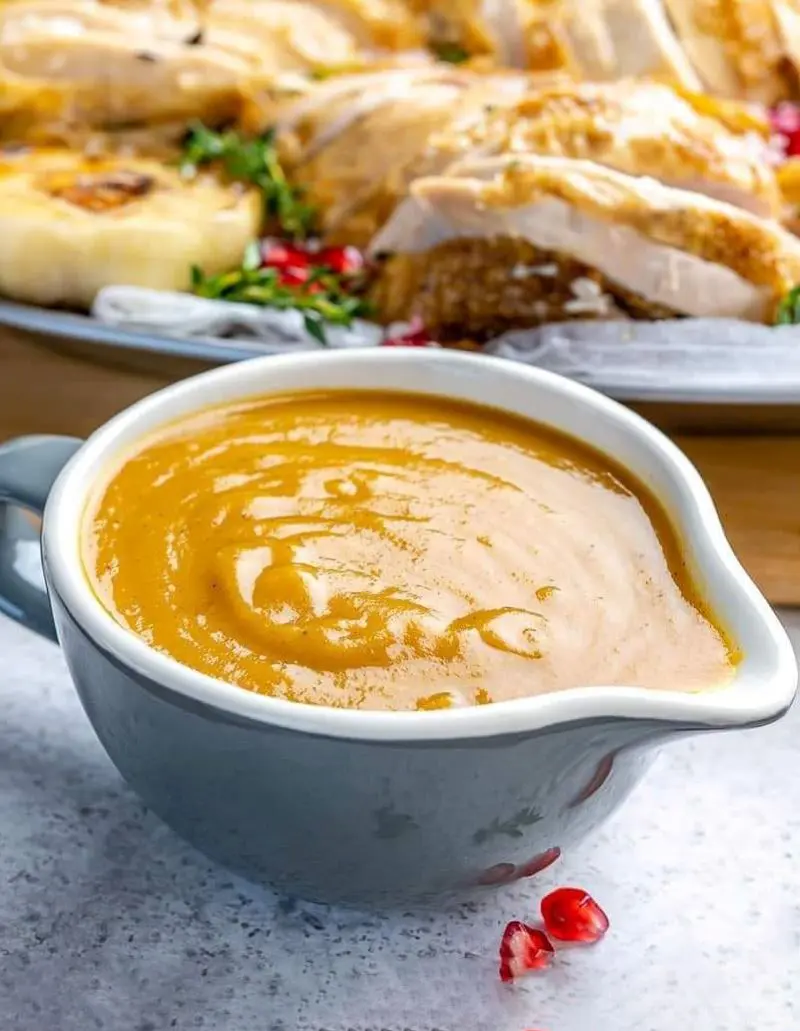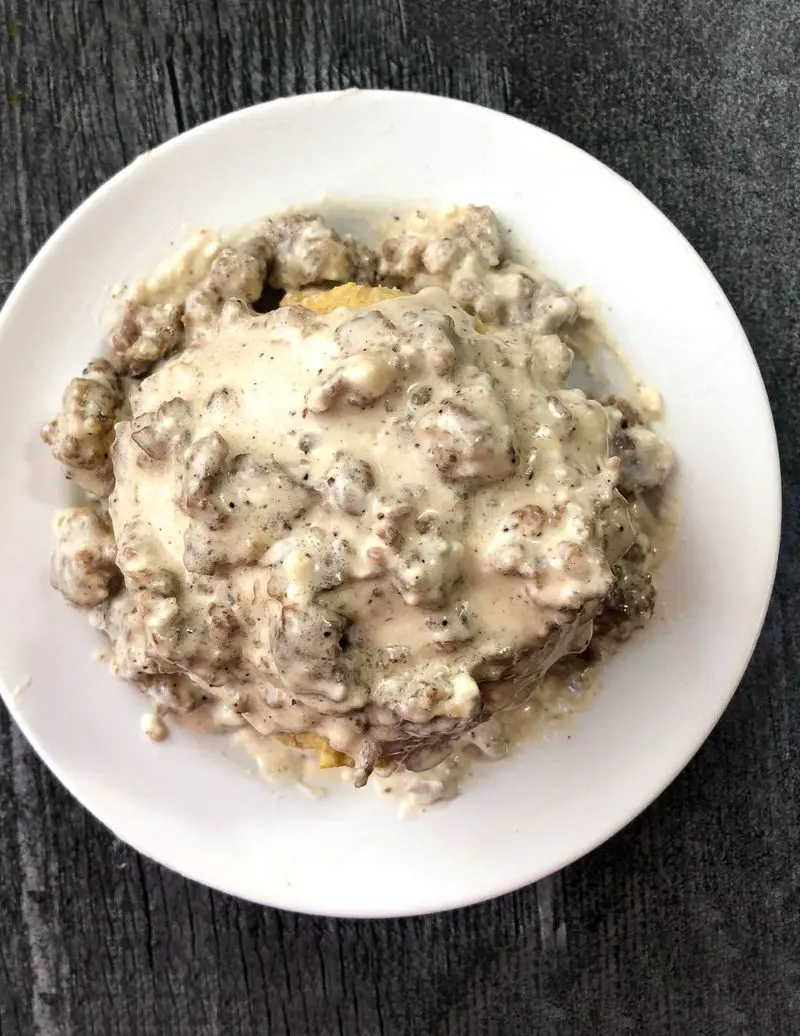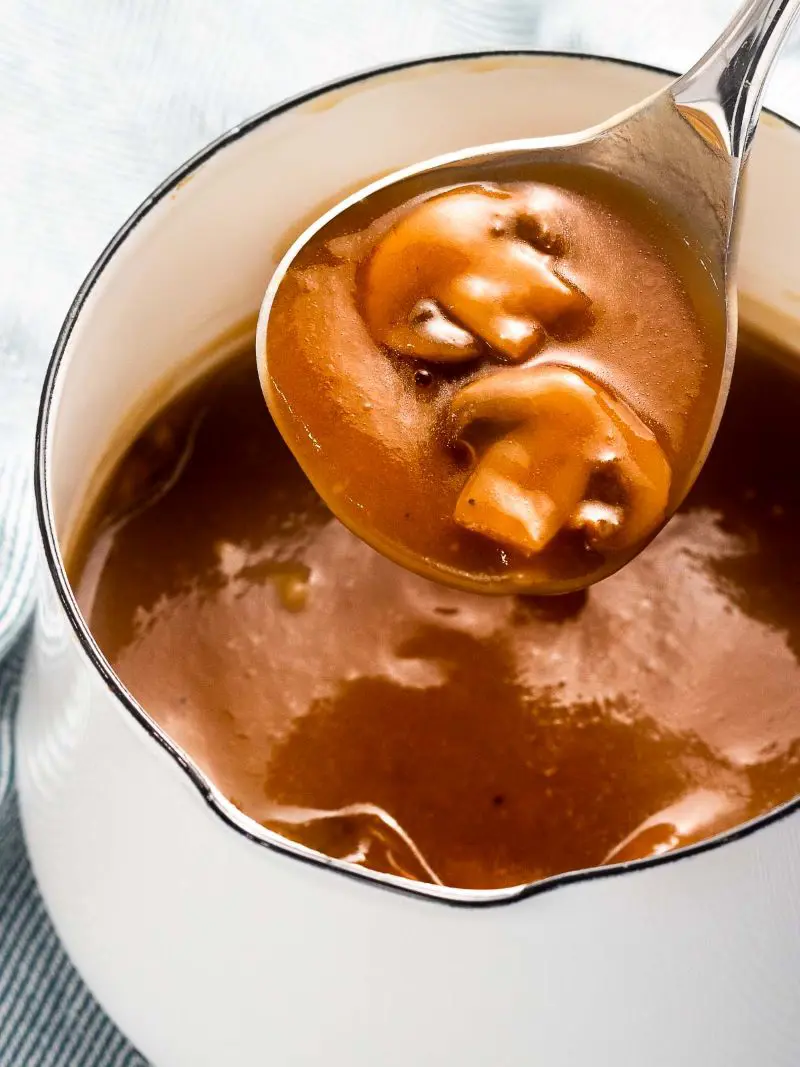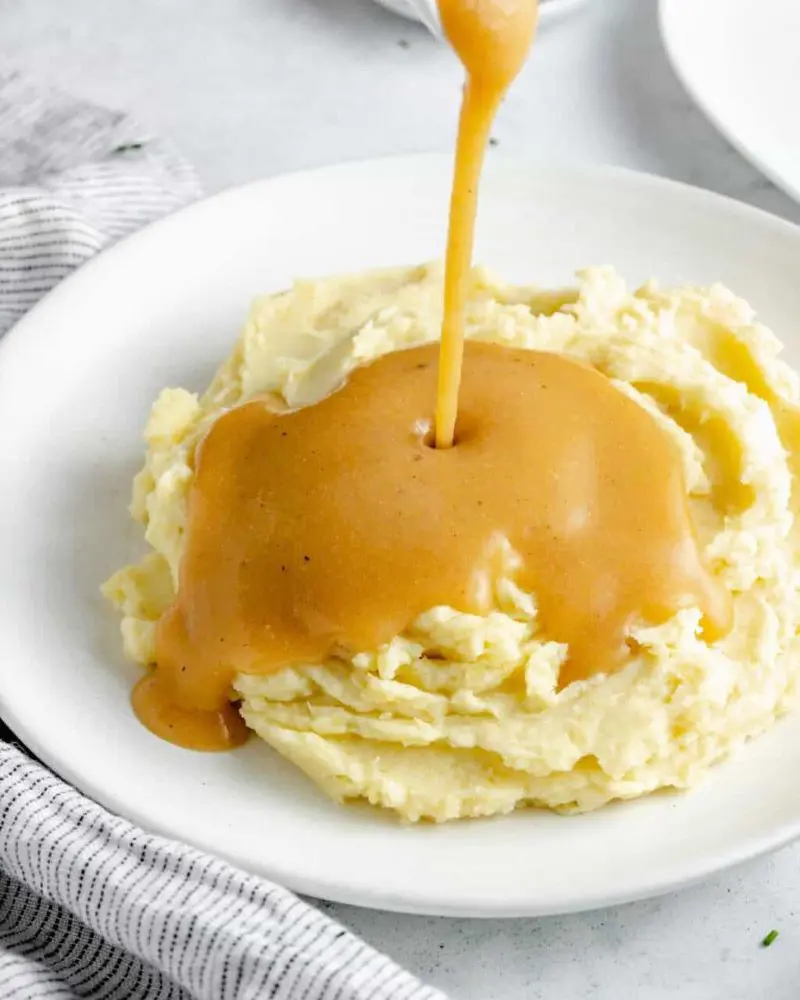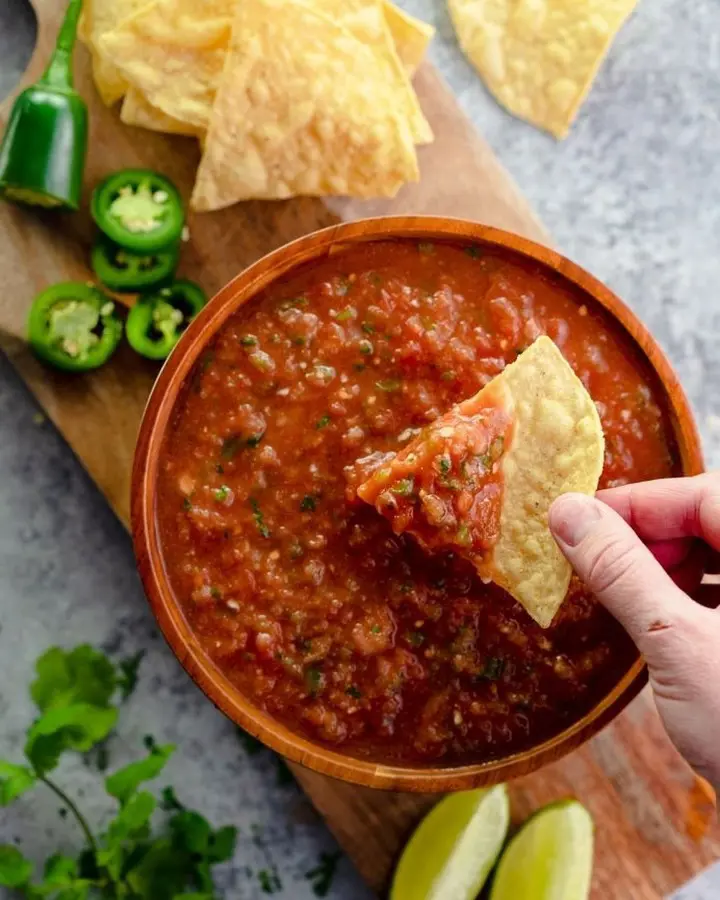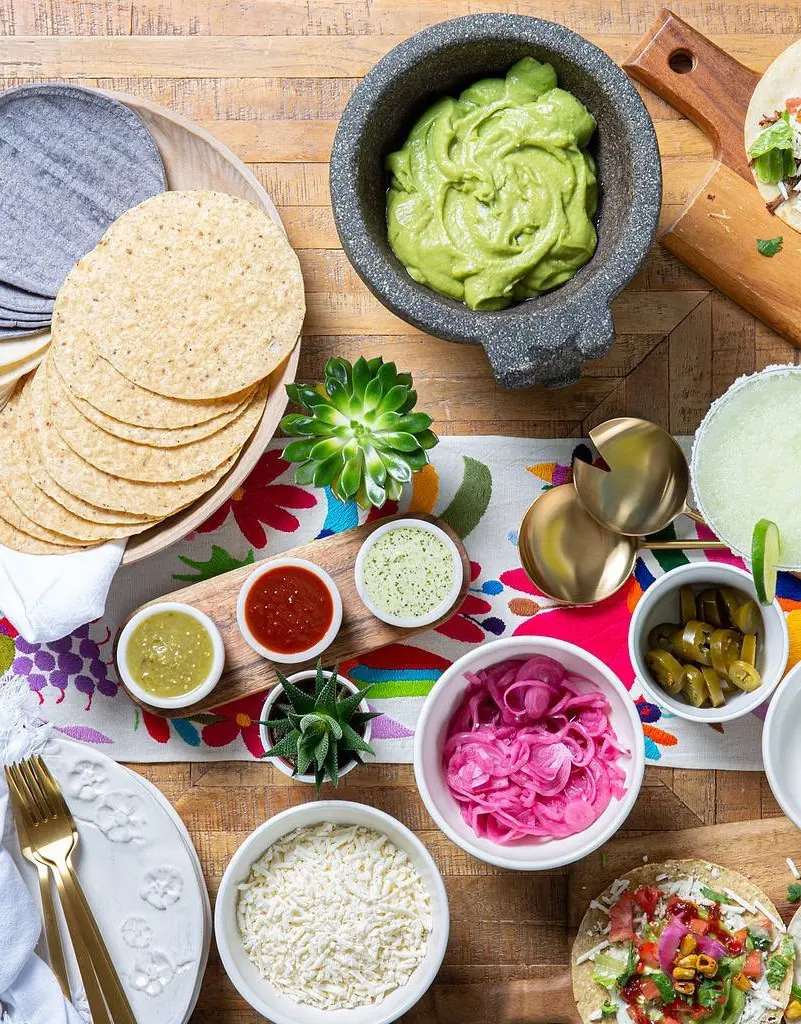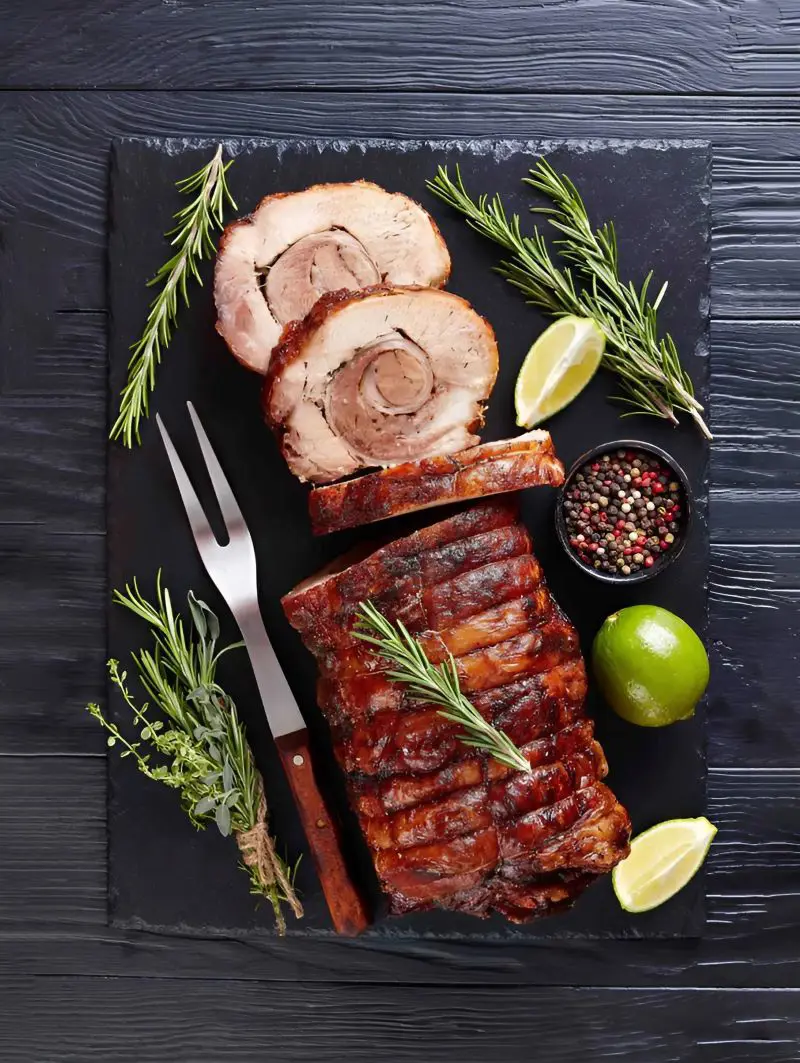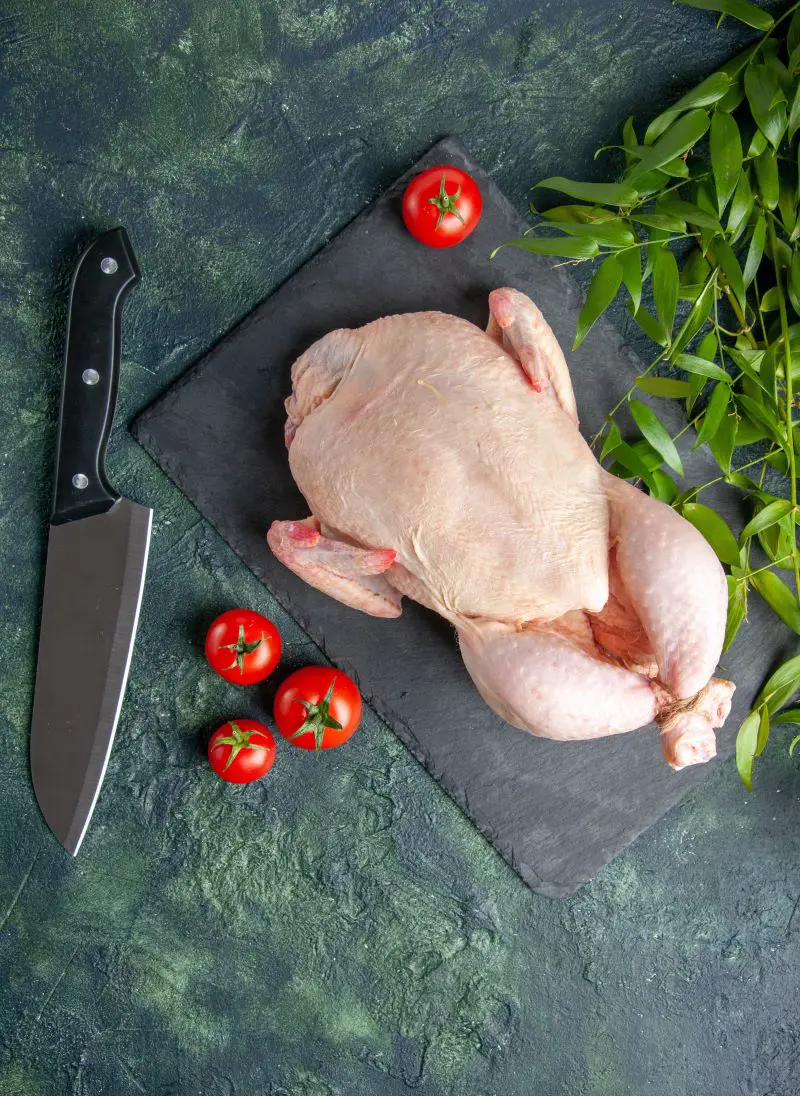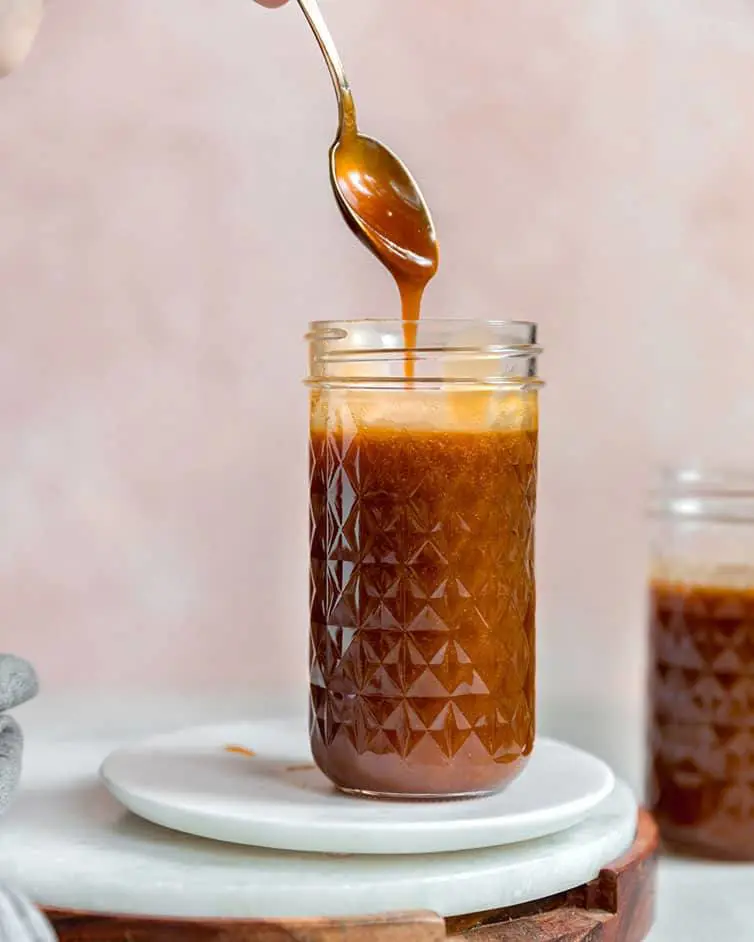Ingredients For The Best Gravy
The best part is that making gravy from scratch isn't rocket science. Skip the packet mixes - once you nail this homemade version, you're never going back. But first, you need to know what supplies you’ll need, which are:
- Broth or Stock: This is your gravy's backbone. Go for chicken, beef, or veggie - whatever matches your main dish. Store-bought is totally fine (Pacific Foods, Swanson, or Trader Joe's are great picks). Just grab the low-sodium kind so you can control the salt.
- Butter: This creates that silky texture and rich taste. It teams up with flour to thicken everything nicely. It's wise to use the unsalted version.
- Flour: Regular all-purpose works great here. Mixed with butter, it creates this thing called a roux that makes the gravy nice and thick. Think of it as the secret sauce behind the sauce.
- Bouillon Paste (optional): It's like a flavor bomb for your gravy. Better Than Bouillon brand is a go-to. Match it with your meat (chicken for poultry, beef for beef).
- Salt and Pepper: Don't skip these! They wake up all the flavors and make your creation taste like something you'd get at a nice restaurant.
- Fresh Herbs: Think of sage, thyme, or rosemary - they all work great. You can use dried ones too. While not absolutely necessary, they add that special touch that makes people ask for your recipe.
Tools Required
- Saucepan or Skillet
- Whisk
- Measuring Cups and Spoons
- Strainer or Sieve (optional)
- Wooden Spoon or Spatula
